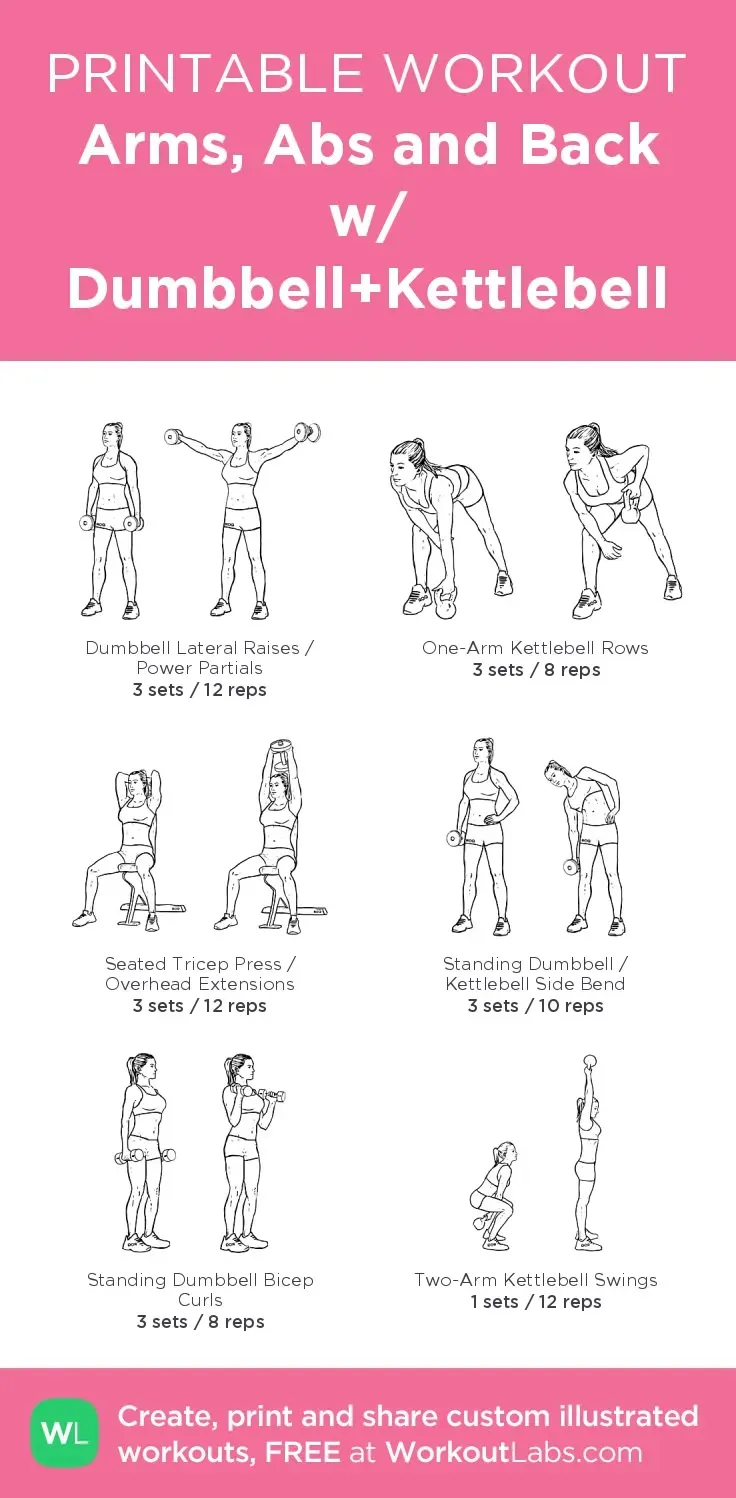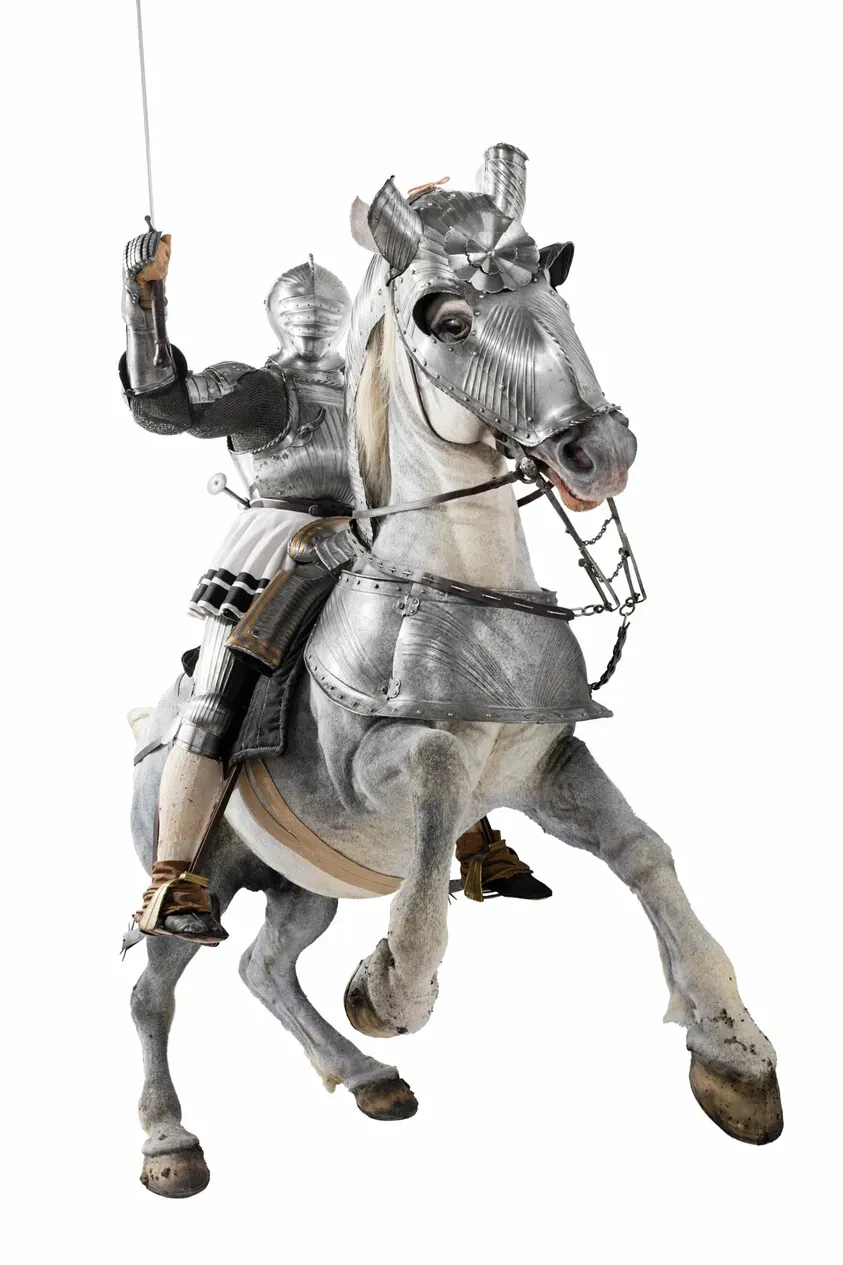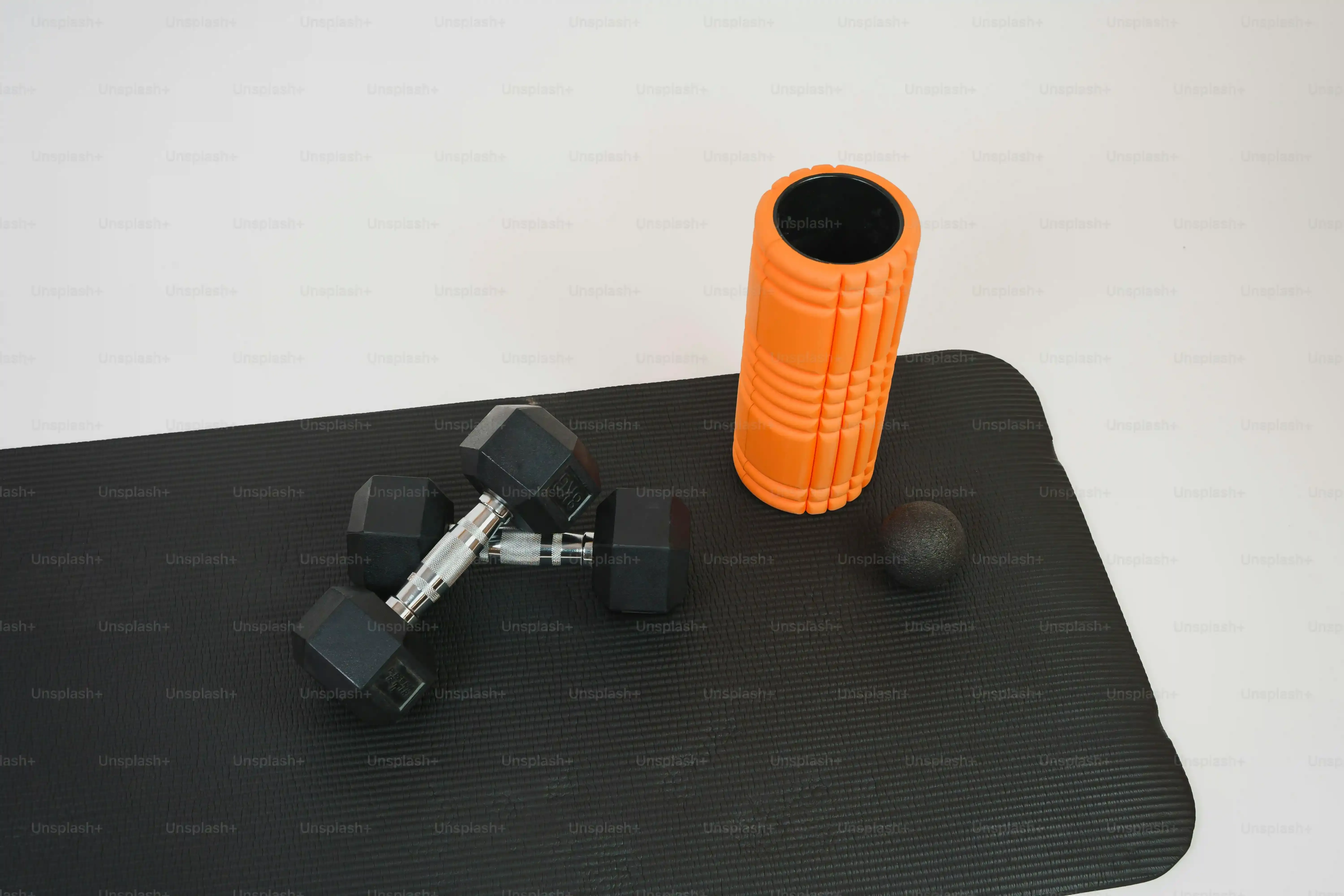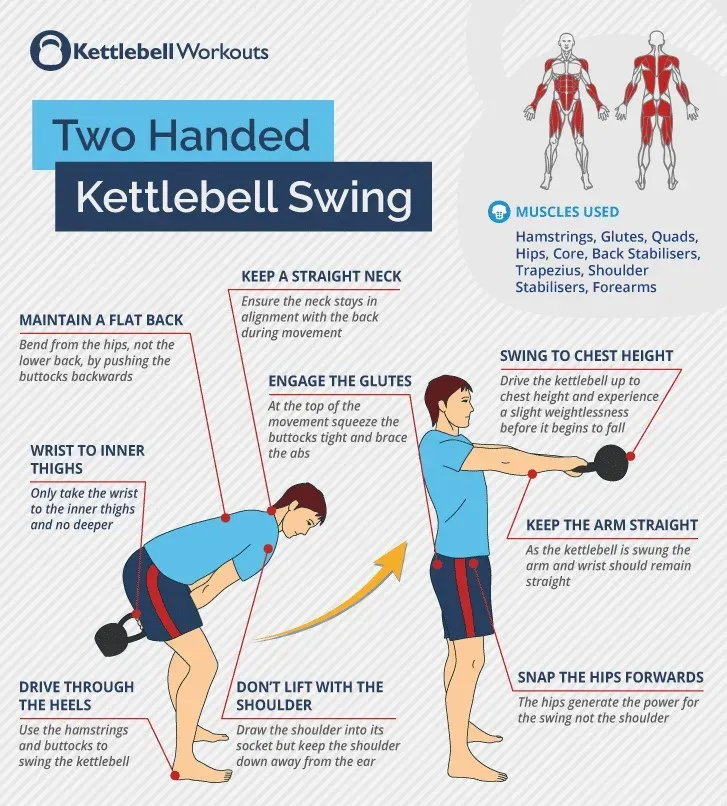Table of Contents
Let's be real. Most of us want arms that look like they actually do something and a core that doesn't feel like a sack of potatoes when you stand up. Traditional weights work, sure, but there's something about that cannonball with a handle that just hits different. You swing it, you press it, you hold it, and suddenly muscles you forgot you had start waking up.
Why Kettlebells for Arms and Core?

Why Kettlebells for Arms and Core?
More Than Just Lifting: The Unstable Advantage
Look, you can curl dumbbells all day or do planks until the cows come home, and you'll get *some* results. But a kettlebell is a different animal. That off-center weight, that swinging motion – it forces your body to constantly stabilize. Every time you lift, press, or swing a kettlebell, your core has to work overtime just to keep you upright and controlled. It’s not just about moving the weight; it’s about controlling the chaos. This instability is the secret sauce. It builds functional strength that transfers to everyday life, not just looking good in the mirror (though that's a nice bonus).
Engaging Your Entire Kinetic Chain
Think about a kettlebell swing. It starts in your hips, the power travels up through your core, and your arms are just guides. Even static holds or presses with a kettlebell demand more from your trunk than a perfectly balanced barbell or dumbbell. Your shoulders, back, and yes, your arms, have to work together with your core to manage that awkward weight. This integrated movement pattern is incredibly effective for building a strong, resilient body. You're not isolating muscles; you're teaching them to cooperate, which is how your body actually works in the real world.
As legendary strength coach Dan John puts it:
Dynamic Strength and Calorie Burn
Many kettlebell exercises, especially swings and cleans, are ballistic and dynamic. This means you're generating power and then having to absorb and control it. This type of training is fantastic for building explosive strength in your arms and shoulders, while the constant engagement required from your core makes it a central player in every movement. Plus, moving that weight dynamically jacks up your heart rate, turning your strength workout into a conditioning session. You build muscle, burn calories, and improve your work capacity all at once. It’s efficiency with an attitude.
Mastering the Basic Kettlebell Arms and Core Workout Moves

Mastering the Basic Kettlebell Arms and Core Workout Moves
Starting Strong: Foundational Kettlebell Arms and Core Builders
Alright, let’s get down to brass tacks. You’ve got this oddly shaped weight; now what? You don't need a hundred different moves to get a killer kettlebell arms and core workout. Start with the basics, execute them well, and the results will follow. Think about exercises that demand control and stability from your trunk while working your upper body. The single-arm kettlebell press is a prime example. It’s not just about pushing weight overhead; the asymmetry of the load tries to pull you sideways, forcing your obliques and deeper core muscles to lock down hard. Then there’s the kettlebell row – again, done single-arm, it challenges your anti-rotation strength as you pull the weight towards you. These aren't flashy, but they are fundamental for building a solid base.
Adding Dynamic Control: Swings, Cleans, and Holds
Moving beyond strict presses and pulls, incorporate dynamic movements that integrate the whole body but place significant demand on your arms and core. The kettlebell swing, while hip-driven, requires a rigid core and strong grip, engaging your shoulders and upper back for control at the top. A single-arm swing adds that rotational challenge we talked about. The kettlebell clean, bringing the weight from the floor or a swing up to the rack position (at your shoulder), is a fantastic full-body move that ends with the bell resting precariously, demanding serious core and shoulder stability to maintain posture. Even simply holding a kettlebell in the rack position (called a "rack hold") or overhead (an "overhead hold" or "waiter's walk") torches your core and shoulder stabilizers. These aren't just static holds; they're active battles against gravity and the kettlebell's leverage.
Here are a few foundational kettlebell exercises hitting arms and core:
- Single-Arm Kettlebell Swings
- Single-Arm Kettlebell Presses (Floor or Standing)
- Single-Arm Kettlebell Rows
- Kettlebell Cleans
- Kettlebell Rack Holds
- Kettlebell Overhead Holds / Waiter's Walks
Designing Your Own Kettlebell Arms and Core Workout Routine

Designing Your Own Kettlebell Arms and Core Workout Routine
so you know the moves, you feel the power of the unstable cannonball – now how do you put it all together into a killer kettlebell arms and core workout that actually gets you somewhere? It's not just about doing random exercises. You need a plan. Think about balancing pushing movements (like presses) with pulling movements (like rows) and incorporating those dynamic, core-demanding swings and cleans. You can structure it in various ways: circuit style, where you do one set of each exercise back-to-back with minimal rest; or straight sets, completing all sets of one exercise before moving to the next. Consider your goals – are you chasing strength, endurance, or a bit of both? For pure strength, fewer reps with heavier weight works. For endurance and conditioning, lighter weight, higher reps, and shorter rest periods are the way to go. Don't overcomplicate it, especially when starting out. A simple routine done consistently trumps a fancy one you never stick to.
A simple structure for a kettlebell arms and core workout could look like this:
- Warm-up (dynamic stretches, light swings)
- Main Lift 1 (e.g., Single-Arm Kettlebell Press) - 3-4 sets, 5-8 reps per arm
- Main Lift 2 (e.g., Single-Arm Kettlebell Row) - 3-4 sets, 5-8 reps per arm
- Accessory 1 (e.g., Kettlebell Swings) - 3-4 sets, 10-15 reps
- Accessory 2 (e.g., Kettlebell Rack Holds or Waiter's Walk) - 2-3 sets, hold for 30-60 seconds per arm
- Cool-down (static stretches)
Avoiding Common Mistakes in Your Kettlebell Training

Avoiding Common Mistakes in Your Kettlebell Training
Form Over Ego: Don't Be That Guy
Look, the kettlebell looks simple, right? It's just a weight. How hard can it be? Turns out, pretty hard if you're not paying attention. The biggest mistake people make, especially when trying to smash out a kettlebell arms and core workout, is letting their ego dictate the weight or sacrificing form for speed or reps. Swinging with your lower back instead of your hips, pressing overhead with a flared rib cage, or using momentum instead of muscle control on rows – these are fast tracks to injury, not strength gains. You're trying to build a solid structure, not a house of cards. Start lighter than you think you need to, nail the movement pattern, and then worry about adding weight. Your core is your foundation; if it's not locked in, everything else falls apart.
Watch out for these common errors:
- Rounding your back during swings or deadlifts.
- Using excessive momentum instead of muscle control.
- Flaring your rib cage or arching your back during overhead presses.
- Letting the kettlebell crash on your forearm during cleans.
- Not fully extending your hips in the swing.
- Holding your breath instead of using proper breathing techniques.
Your Kettlebell Strength Awaits
So there you have it. The kettlebell isn't just a trendy piece of equipment; it's a seriously effective tool for building functional strength in your arms and core. We've covered the 'why,' the 'how,' and the 'how not to screw it up.' It takes consistency, attention to form, and maybe a little sweat. Stop overthinking it, grab that weight, and put these moves to work. Your arms and core will thank you for it.